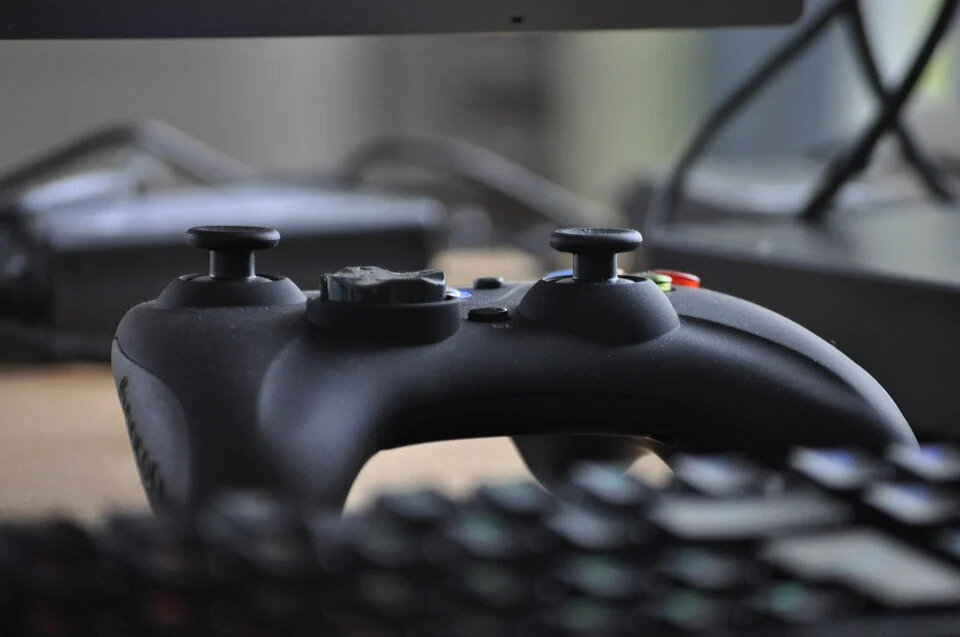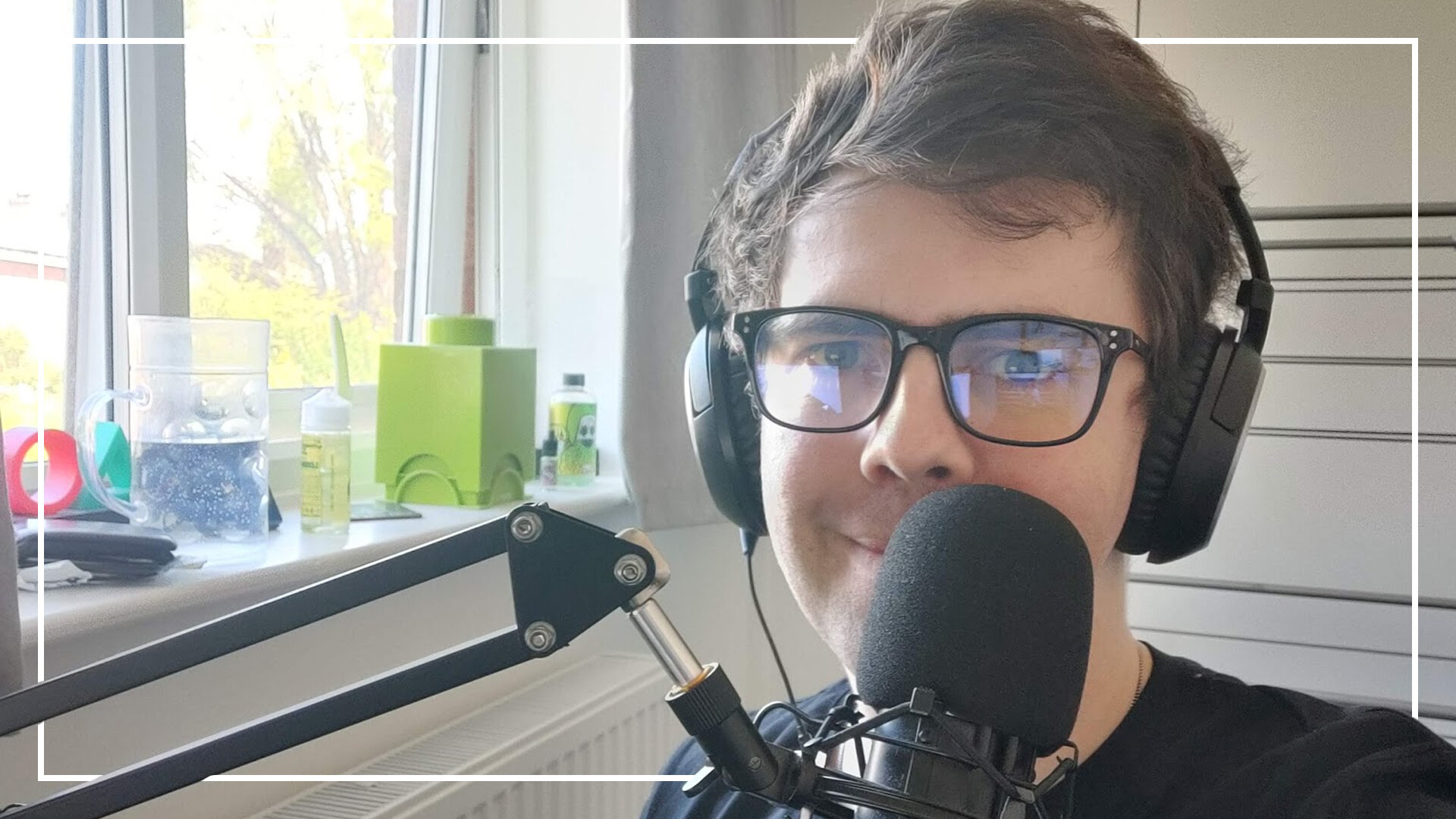Incredible Breakthrough is Helping Paralyzed Patients Walk Again
The Walk Again Project in Sao Paula, Brazil, has met with even greater success than it ever imagined. Using a pioneering new technique in which they use a computer chip to link a patient’s brain with that of a metal exoskeleton, the scientists were hoping to train patients to walk the aid of the exoskeleton. Instead, their own nerves began to recover.
The scientists were astonished at this development, as they believed seven out of their eight patients to have completely severed spines. Now, it is believed that a few nerves survived and that the exoskeleton training has reactivated them.
The initial plan was simply for paraplegic patients to use virtual reality to control a computer avatar walking forwards. When they thought about walking forwards, the avatar would react to their thoughts. They were then to use the same sort of interface to control a wearable exoskeleton that they could use to walk. That in itself would have been an amazing feat, but the results have borne more fruit than they ever imagined.
Instead of merely gaining mastery of an exoskeleton, patients found themselves actually being able to move their legs again, despite the fact that this should have been impossible. However, as the months wore on and the Walk Again Project explored this burgeoning abilities with physical therapy, their patients have steadily become stronger and more confident walkers.
In Scientific Reports, the researchers behind the Walk Again Project noted:
“While patient one was initially not even able to stand using braces when placed in an orthostatic posture, after 10 months of training the same patient became capable of walking using a walker, braces and the assistance of one therapist.
“At this stage, this patient became capable of producing voluntary leg movements mimicking walking, while suspended overground.
“In another example, patient seven, … was capable of walking with two crutches and lower limb orthoses … while requiring no assistance by a therapist.”
The researchers behind the project say they “never even imagined” that something like this could be possible, but that they are now “very excited” at the prospect of this research going on to lead to better ways to treat and assist paraplegics.
“Currently, once people with spinal injuries receive a diagnosis of complete paralysis, rehabilitation consists mainly of adapting them to a wheelchair,” said Dr Miguel Nicolelis, director of the Duke University Centre for Neuroengineering in the US.
“We believe that our results with this long-term, sustained brain-machine interface training can be not only critical itself in triggering recovery in our patients, but it can also serve as an important motivator for spinal cord patients worldwide.
“This has been a tremendous journey, to start working on this phenomenal project over 15 years ago on ideas first demonstrated in animals, and that are now showing revolutionary theories of how the brain works.
“The Walk Again Project scientists are making real impact in helping impaired people walk again. Seeing faces of young adults walking for the first time in many years has been life-changing for all of us.”











Alongside the scientists, 50% of the British public and the future health of young people across the nation, I have one simple request: delay Freedom Day, please.